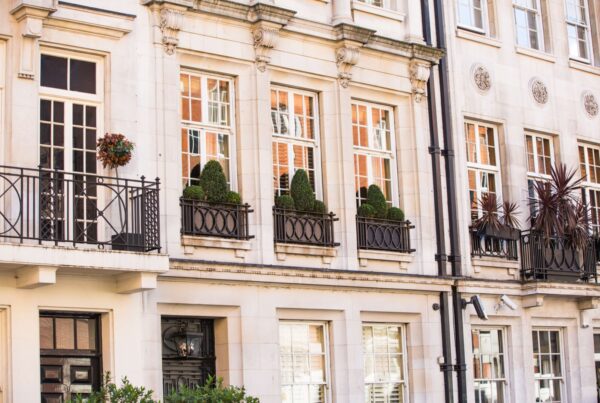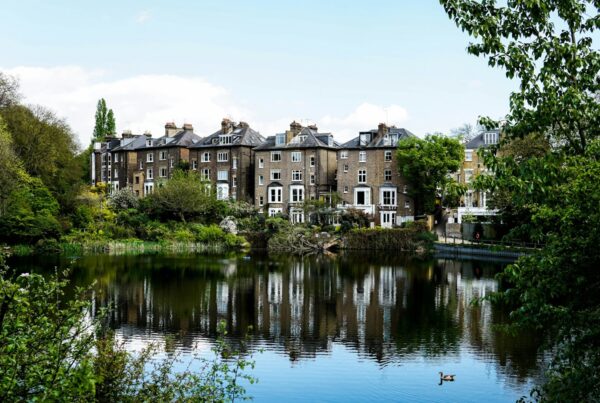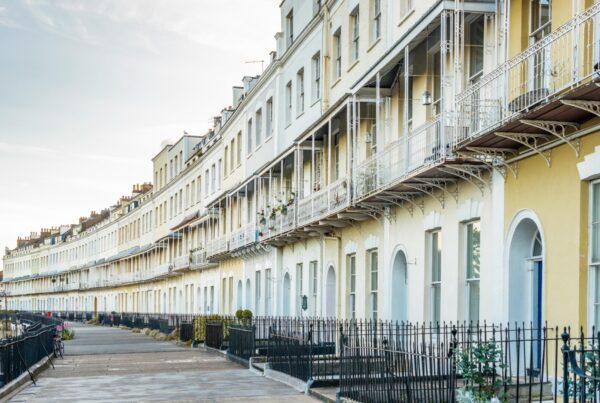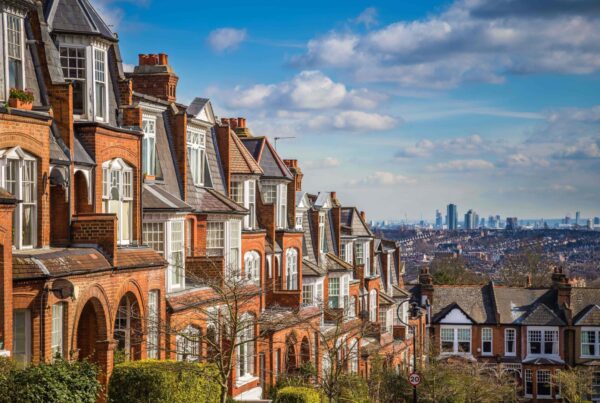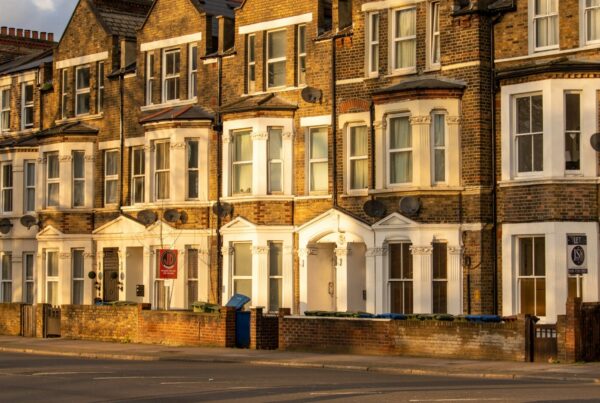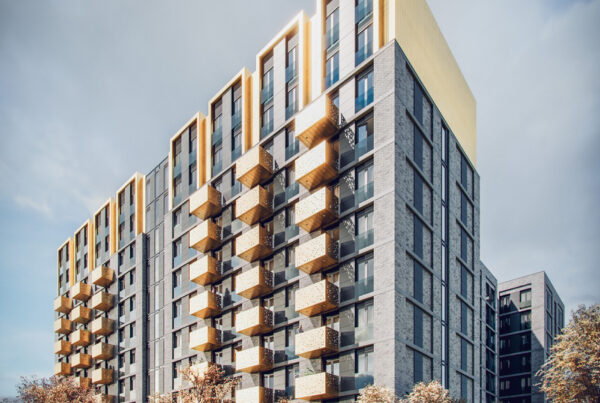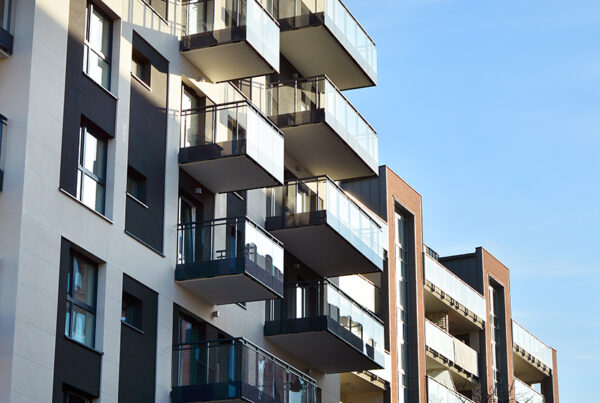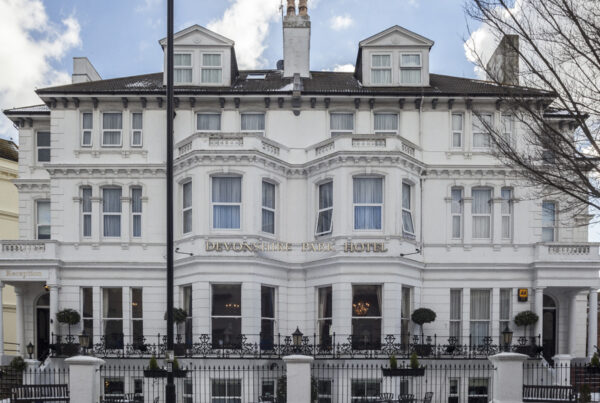Have you been dreaming about getting into property investment? The UK is the perfect place to start. With a robust and active property market, it’s an area that presents exciting opportunities for new and experienced investors.
But just how much money do you need to invest in real estate in the UK? Have a read of our comprehensive guide which will breakdown the costs involved and provide you with the key steps which will help you navigate the world of property investment. Let’s begin.
How Much Money Do I Need To Invest In Property?

Calculating Your Starting Point
There is technically no minimum investment threshold, as it largely depends on the type of property you wish to purchase. However, before deciding on the type of property to invest in, it’s crucial to determine your investment budget. This involves understanding property prices, deposit requirements, securing the best type of funding, and accounting for additional costs such as taxes or licences. Let’s delve into a few.
Property Prices and Deposits: As of March 2024, the average UK house price was £283,000 and typically you can expect to buy a property between £200,000 to £300,000, with a minimum deposit of 20% of the purchase price. Beyond the purchase price, it is crucial that you consider several elements including its overall value, inflation rates, supply and demand, interest rates, and whether it is a stable, income-generating asset.
Financing Options: Another key step is choosing the correct mortgage deal. If you are planning to rent out your property, you will most likely need a buy-to-let (BTL) mortgage. Most BTL mortgages are interest-only meaning you’ll only pay the interest rather than the capital amount and can be paid in full at the end of an agreed term. The minimum deposit for a BTL mortgage is typically around 25% of the property’s value — although it can vary from 20% to 40%.
The price of your mortgage will also depend on your interest rate, which is influenced by your loan-to-value (LTV) ratio, your credit score, and whether you have a fixed or variable rate. Check out our page on BTL mortgages and take a look at our calculator which can give you a rough idea of the costs you may face.
Ultimately your mortgage lender should always provide you with an extensive breakdown before you apply.
Taxes: If you are investing in a property in the UK and pay over a certain threshold for it, you most likely will have to pay stamp duty land tax (SDLT), a tax charged by the UK government on any land or property. While stamp duty must be paid on all freehold and leasehold properties, not everyone will have to pay stamp duty. It solely relies on the purchasing price of your property. For all existing homeowners and seasoned buyers, you will not pay stamp duty on the first £250,000 of the property price. To calculate how much you need to pay, check our stamp duty calculator.
Legal Fees: Another upfront cost will be the legal fees involved in purchasing a new property. This can include property valuation and conveyancing fees. Depending on the size, condition, and complexity of the property, valuations can range between £150 to £800. Similarly, conveyancing — which is the legal process of transferring property ownership from one person to another — will cost you. You will normally enlist a conveyancer to help deal with the legal aspects of the property buying process.
Ongoing Costs to Factor In:
There will be ongoing costs that you have to factor in when investing in multiple properties. These include:
- Mortgage repayments (if applicable)
- Property maintenance and repairs
- Agency fees
- Insurance coverage
By accounting for these additional costs, this can help you create a realistic budget and generate healthy returns for your investment.

Understanding the Investment Landscape
Property investment offers various advantages. Known for its long-term growth and financial stability, the UK property market has been proven to be reliable, particularly with its annual growth rate, demonstrating its ability to outpace inflation and provide a pool of value. When buying a property as an investment, you can generate a steady stream of rental income, earn substantial capital gains, and be assured that your investment will remain in-demand.
But beyond the purchase price, the type of property you choose will significantly impact the amount of money you will need to invest. Furthermore, the financing options available can vary depending on the property type, meaning the amount of money you need to start can differ significantly.
With that in mind, here’s a breakdown of some popular property investment strategies UK real estate has to offer:
Buy-To-Let
The classic approach involves purchasing a single-family home or apartment to rent out to one tenant. However, this doesn’t necessarily mean it has to be rented to a single individual; it can also be rented to an entire household, as long as one person is responsible for all tenancy costs.
Single-let residential property has long been considered as one of the best property investment strategies, as it enables buyers to earn monthly rental income streams, averaging at £1,294 PCM. Additionally, it has the potential for long-term growth, evidenced recently by rent price inflation slowing down, and average house prices rising by 1.8% in the last twelve months.
The key benefit of the single let residential property asset class is that financing options like buy-to-let mortgages are available. This means investors often require a lower down payment compared to traditional mortgages and can get the property with a smaller investment.
HMOs
HMOs are properties that consist of multiple bedrooms rented out to individual tenants, with certain types of student accommodation falling under this category. While HMOs can generate higher rental yields due to the increased number of occupants, they come with stricter tax regulations and potentially higher management costs. Moreover, in recent years, HMOs have become less popular among students seeking higher-quality accommodation, as many HMOs tend to be older, poorly maintained buildings. Therefore, while HMOs can offer significant returns, it’s important to consider that they may not be the best choice if you’re specifically targeting students.
The upfront investment also includes the purchase price, a necessary risk assessment (performed to determine if the property needs any renovations and meets occupancy requirements), and potentially obtaining an HMO licence if your property is occupied by five or more people.
Student Accommodation
As the number of UK students grows, so does the demand for student accommodation. Student property investment involves buying property to rent exclusively to students. While there are many types of student accommodation, we are specifically referring to privately-owned houses, flats or halls.
The average annual rent for private student accommodation outside London for the next academic year is £10,227, which produces considerable high yields. Alongside this, student property investment can result in high returns and relatively stable occupancy rates for landlords. There is always a steady demand due to students continuously enrolling in university, even during economic downturns.
Things are trickier when investing in purpose-built student accommodation. It often requires a significant outlay, including property acquisition and development costs. Compared to other traditional residential property types, managing tenants, handling tenant turnover, and managing individual leases can be much more demanding.
Property Flips
‘Fix and flip’ properties typically involve investors identifying a property, renovating it to increase its market value, and then selling it for a profit. According to Checkatrade, the average cost to flip a house in the UK ranges from £38,000 to £74,000, depending on factors such as its condition, location, type, and extent of renovations. While this isn’t one of our investment options at Alesco, where we focus on providing buy-to-let investments in the most profitable markets, property flips can offer a way to generate quick profits.
It’s important to note that most property flips will be financed through savings. Steer away from using residential or buy-to-let mortgages to flip properties — this is not what they are designed for and while most lenders won’t grant a mortgage towards uninhabitable properties, if you abuse the terms of their loans, this can lead to serious repercussions.
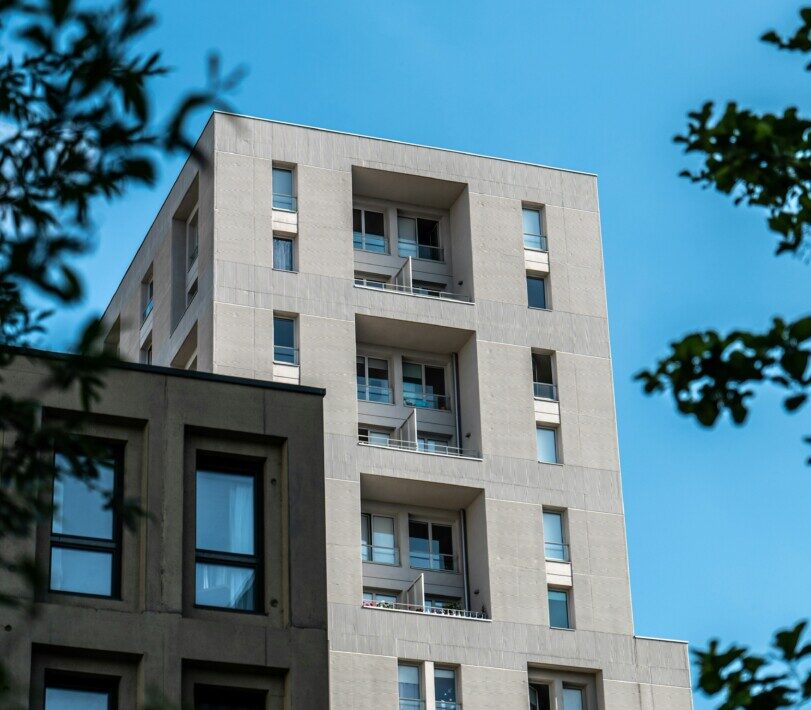
Building Your Property Portfolio
A property portfolio is a great way to increase your wealth, and ensure a steady and reliable income over time. However, taking this plunge takes time and you must follow the correct steps to minimise risks and increase your chances of success.
We recommend starting small and scaling up with one or two initial properties. In doing this, you can research properly and get advice from property investment experts, like our team at Alesco. Picking a property that is low-risk and will maximise your return on investment is the best strategy for beginners. Additionally, being too ambitious in the beginning can cause issues with your cash flow, so it’s best to pick one or two and slowly build.
It’s best to buy in areas with fairly high rental demand and ones that you believe are going to appreciate in value over time. Not only will this provide you with the opportunity to gain significant profits when you sell, but diversifying your portfolio across different locations can help reduce and spread out the risk of your investment, allowing you to remain stable in the event that something goes wrong.
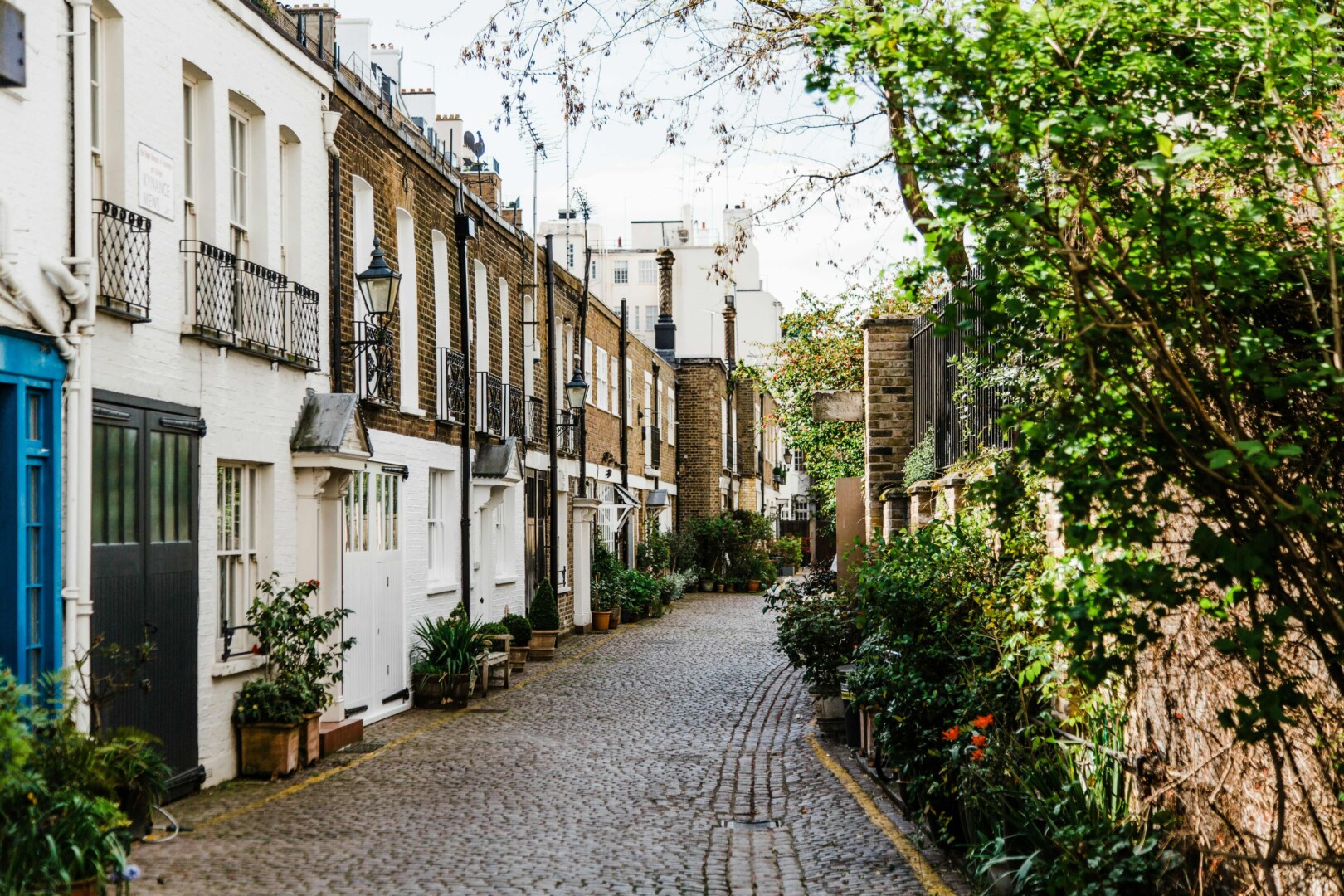
Making Your Investment Move
Hopefully our step-by-step guide has given you a rough guideline of the costs involved when investing in real estate.
Whether this is your first time investing or you’re a seasoned property investor, we can help you with expert market insight and access to one of the UK’s best property investment portfolios. Get in touch with us for more information or to make an enquiry.

Written by: James Needham
Experienced Team Lead with a demonstrated history of working in the real estate industry.
